The National Art Museum in Osaka looks very modern and original. It turns out that the intention of the architect Cesar Pella, who designed the museum building, was to resemble a reed waving in the wind. For me, the upper elements of the building remind me a bit of a bird's wing, and the whole thing looks like a yacht and unfolded sails ... and what do you see when you look at this building?
Narodowe Muzeum Sztuki w Osace wygląda bardzo nowocześnie i oryginalnie. Okazuje się, że w zamyśle architekta Cesara Pelli, który projektował budynek muzeum, miał on przypominać trzcinę falującą na wietrze. Mi górne elementy budynku kojarzą się trochę ze skrzydła ptaka, a całość wygląda jak jacht i rozłożonymi żaglami... a wy co widzicie, gdy patrzycie na ten budynek? :)
The museum is located in an area of modern high-rise buildings, and the Tosahori River flows right next to it. Being there, at times I felt like walking around Tokyo.
Muzeum znajduje się w okolicy nowoczesnych, wysokich zabudowań, a także tuż obok przepływa rzeka Tosahori. Będąc tam czułam się momentami jakbym spacerowała po Tokio.
Let's go inside. The museum consists of several floors. I visited two of them. I was surprised that some of the sculptures and paintings were from Europe. I was hoping to see mostly Japanese artworks. Fortunately, most of the sculptures and paintings were by Japanese artists.
Wejdźmy do środka. Muzeum składa się z kilku pięter. Zwiedziłam dwa z nich. Zaskoczyło mnie, że niektóre rzeźby i obrazy pochodziły z Europy. Miałam nadzieję na zobaczenie głównie japońskich dzieł sztuki. Na szczęście większość rzeźb i obrazów było autorstwa japońskich twórców.
Right after entering the gallery, I saw a sculpture of a Japanese young man. His arms were twisted and his body was very thin. In addition, strange shadows were forming on the wall. It looked a little creepy.
Tuż po wejściu do galerii zobaczyłam rzeźbę przedstawiającą japońskiego młodzieńca. Miał dziwnie powyginane ręce, bardzo chudą sylwetkę. Na dodatek na ścianie tworzyły się dziwne cienie. Wyglądało to trochę creepy.
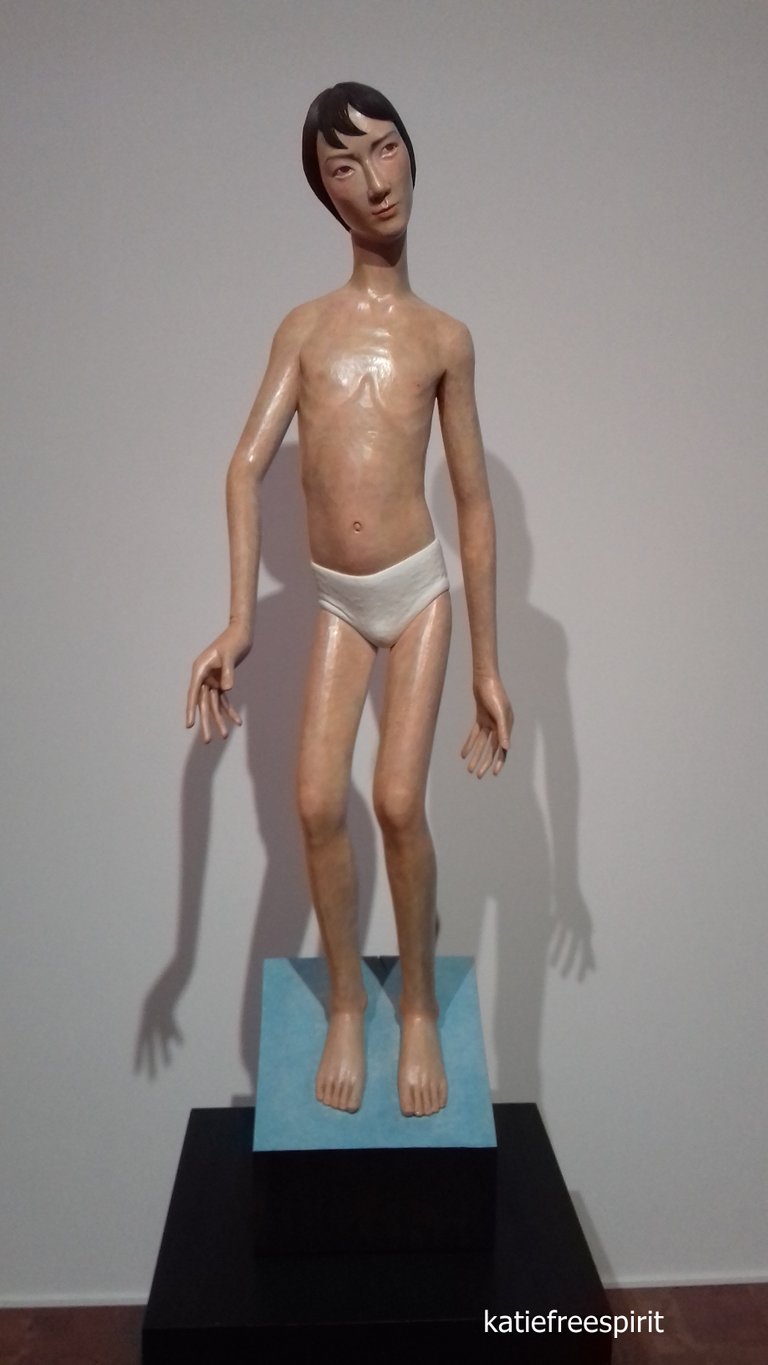
There was also such a white sculpture in the museum. It had an unusual building material. It was entirely made of dice.
W muzeum znajdowała się takż taka biała rzeźba. Miała nietypowy budulec. Była w całości zrobiona z kostek do gry.

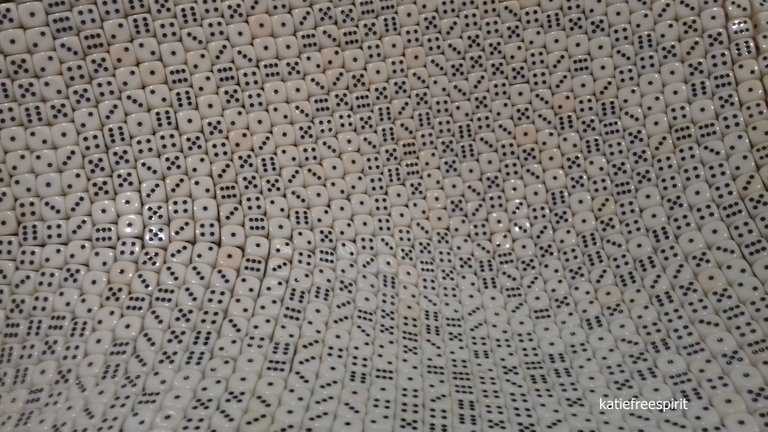
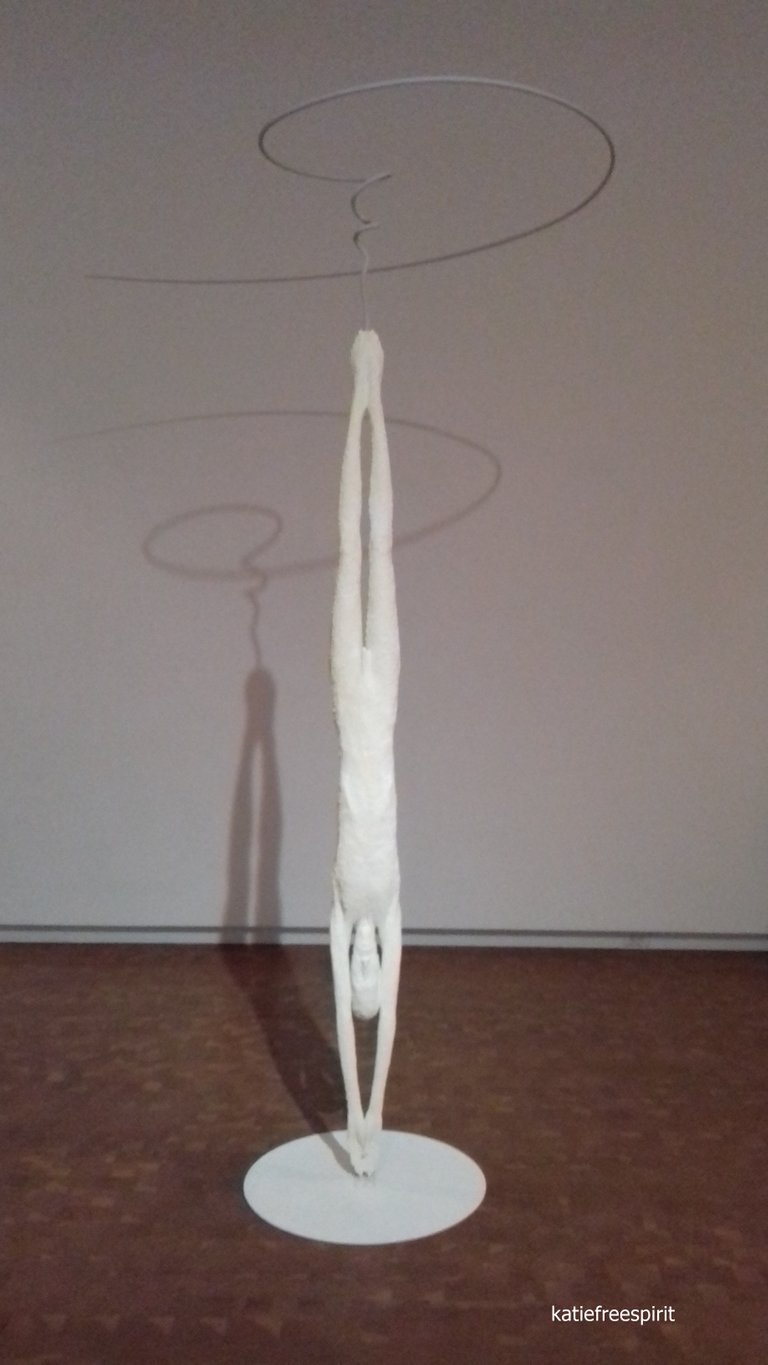
The three paintings on the left are the works of the Japanese painter Izumi Katō. I admit that I do not like modern art very much. I remember that in my childhood I used to paint similar "creatures";).
Te trzy obrazy po lewej stronie to dzieła japońskiego malarza Izumi Katō.
Przyznam, że tak sobie lubię sztukę nowoczesną. Pamiętam, że w dzieciństwie zdarzało mi się malować podobne "stworki" ;).
And here is a picture, a portrait painted upside down. It's fun to break the convention, watching it was an interesting experience.
A tu obraz, portret namalowany do góry nogami. Fajnie jest burzyć konwencję, jego oglądanie było ciekawym przeżyciem.
Spodobał mi się taki opis twórczości japońskiego malarza:
Dzieci o niepokojących twarzach, embriony z w pełni rozwiniętymi kończynami, duchy przodków zamknięte w ciałach o nieprecyzyjnych kształtach - stworzenia przywołane przez Izumi Kato są równie fascynujące, co tajemnicze. Ich anonimowe sylwetki i dziwne twarze, w większości pozbawione rysów, podkreślają proste formy i mocne kolory. Ich elementarny wygląd, owalna głowa z dwoma dużymi, niezgłębionymi oczami, przedstawia jedynie prymitywnie zarysowany nos i usta. Przywodząc na myśl sztukę prymitywną, ich ekspresje przywołują totemy i animistyczne przekonanie, że siła duchowa przepływa zarówno przez świat żywy, jak i mineralny. Wcielając się w pierwotną, uniwersalną formę człowieczeństwa, opartą bardziej na intuicji niż na rozumie, te magiczne istoty zachęcają widzów do poznania siebie.
Źródło: perrotin
I like this description of the work of the Japanese painter:
Children with disturbing faces, embryos with fully developed limbs, ancestor spirits locked up in bodies with imprecise forms—the creatures summoned by Izumi Kato are as fascinating as they are enigmatic. Their anonymous silhouettes and strange faces, largely absent of features, emphasize simple forms and strong colors; their elementary representation, an oval head with two big, fathomless eyes, depicts no more than a crudely figured nose and mouth. Bringing to mind primitive arts, their expressions evoke totems and the animist belief that a spiritual force runs through living and mineral worlds alike. Embodying a primal, universal form of humanity founded less on reason than on intuition, these magical beings invite viewers to recognize themselves.
Source: perrotin
A little further away were sculptures by the Italian sculptor Alberto Giacometti. The process of their creation was photographed by Japanese Isaku Yanaihara. You could see in the photos how the Italian sculptor created his sculptures. In addition to several sculptures on display, several albums with the artist's sculptures were laid out on the table.
Trochę dalej znajdowały się rzeźby włoskiego rzeźbiarza Alberto Giacometti. Proces ich tworzenia uwiecznił japończyk Isaku Yanaihara. Można było obejrzeć na zdjęciach jak włoski rzeźbiarz tworzył swoje rzeźby. Oprócz kilku rzeźb znajdujących się na wystawie, na stole było wyłożonych kilka albumów z rzeźbami artysty.
I especially liked the sculptures of the dog and cat. They were very skinny, a bit surreal, and at the same time interesting in their own way. I could have such sculptures at home.
Spodobały mi się przede wszytskim rzeźby psa i kota. Były bardzo chude, takie trochę surrealistyczne, a jednocześnie na swój sposób interesujące. Mogłabym mieć takie rzeźby u siebie w domu.
You can see the ingenious use of food in art in these photos. Their author is Ozawa Tsuyoshi. He created a project called "Vegetable weapons".
Ozawa has been traveling to various countries around the world, photographing young women holding make-believe firearms constructed using vegetables and other foods. After finding a portrait subject, he asks her to put together a hot-pot meal using veggies and ingredients native to her country. They then assemble the foods into the shape of a gun and do a portrait shoot. Once the photograph is made, Ozawa and his model disassemble the delicious weapon, cook the ingredients, and share a meal together.
Source: petapixel
Na tych zdjęciach możecie zobaczyć pomysłowe wykorzystanie jedzenia w sztuce. Ich autorem jest Ozawa Tsuyoshi. Stworzył on projekt o nazwie "Broń roślinna".
Ozawa podróżuje do różnych krajów na całym świecie, fotografując młode kobiety trzymające udawaną broń palną zbudowaną z warzyw i innych produktów spożywczych. Po znalezieniu osoby do projektu Ozawa prosi ją o przygotowanie gorącego posiłku z warzyw i składników pochodzących z jej kraju. Następnie układają żywność w kształt pistoletu i robią zdjęcia portretowe. Po wykonaniu zdjęcia Ozawa i jego model demontują pyszną broń, gotują składniki i wspólnie ją zjadaja.
Źródło: petapixel
I really like that the vegetables used for the photos were later eaten by Ozawa and the woman in the project. That there is no mindless waste of food here and there is a nice cultural and educational aspect, showing which vegetables are popular in a given country.
Bardzo mi się podoba, że warzywa wykorzystane do zdjęć były później zjedzone przez Ozawę i kobietę występującą w projekcie. Że nie ma tutaj bezmyślnego marnowania żywności i dochodzi fajny aspekt kulturowy, edukacyjny, ukazujący jakie warzywa są popularne w danym kraju.
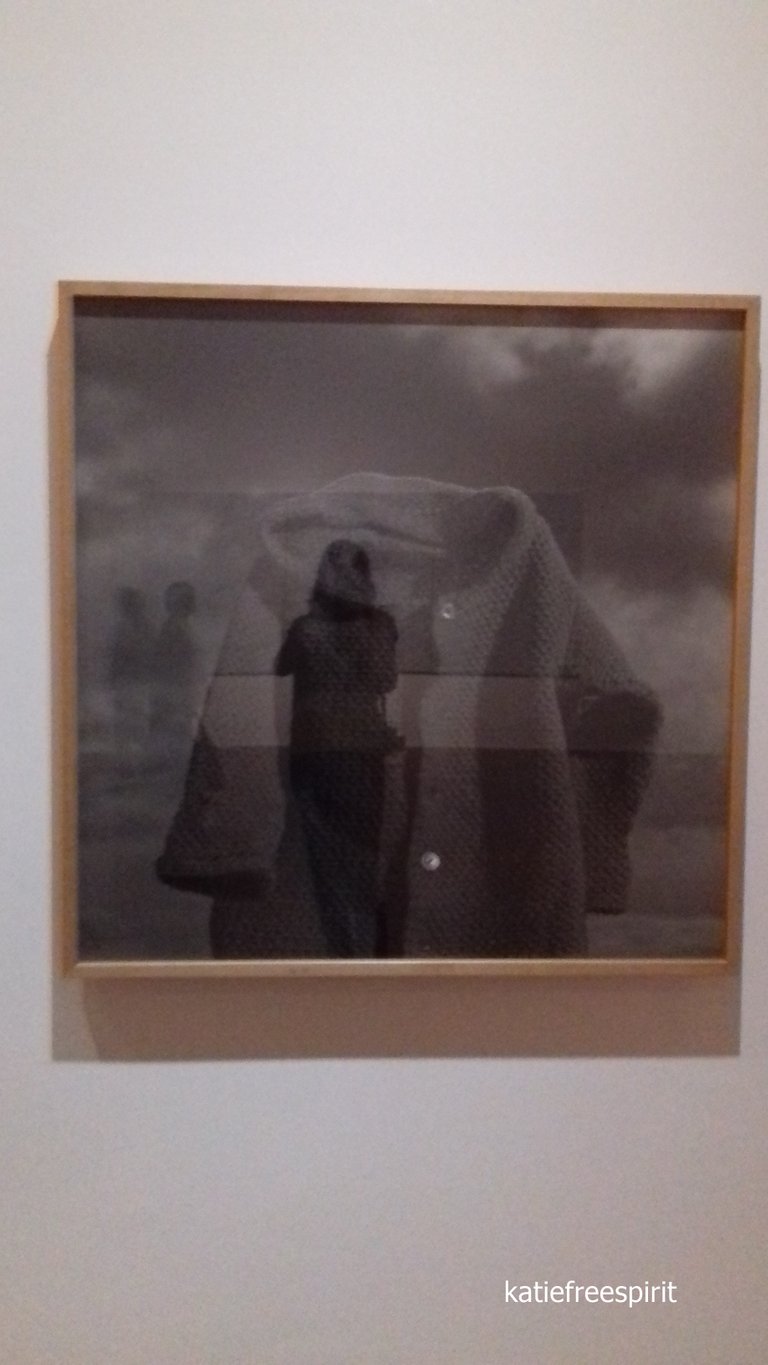
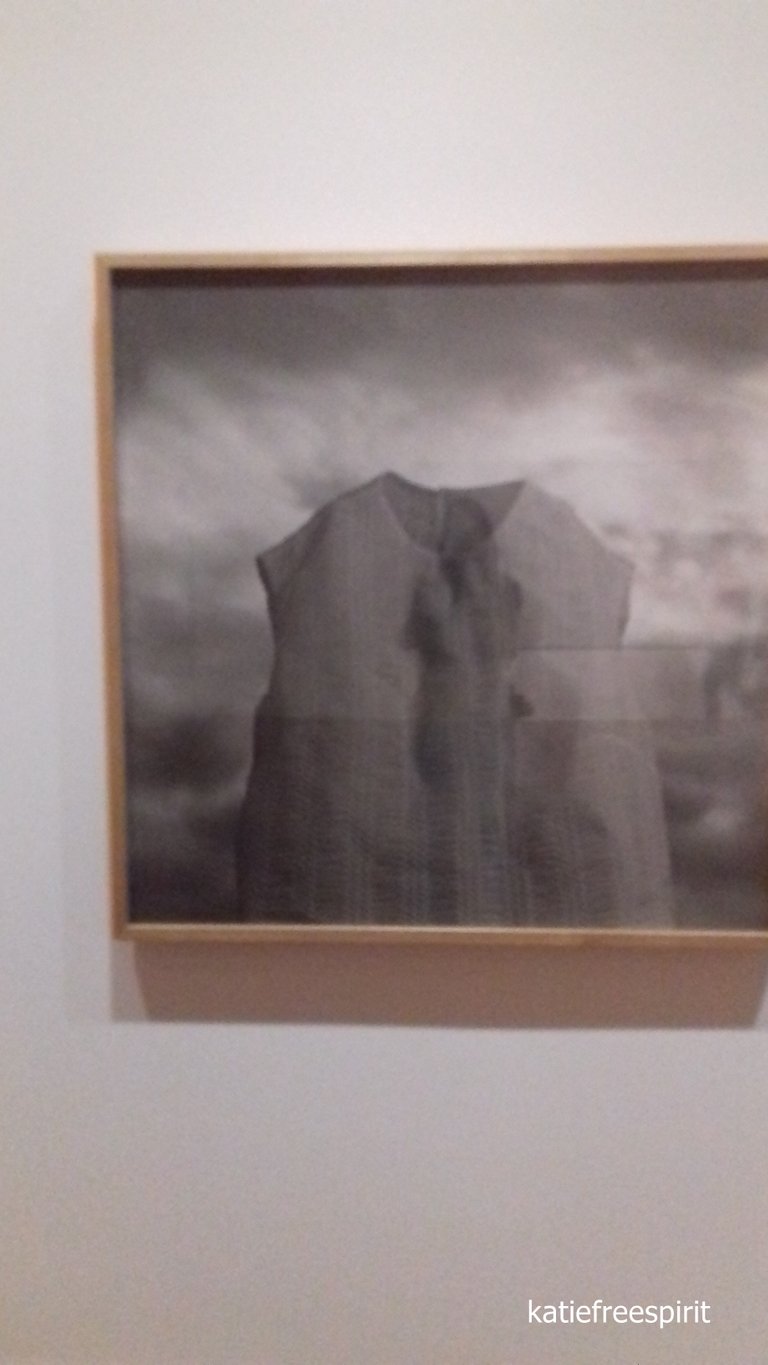
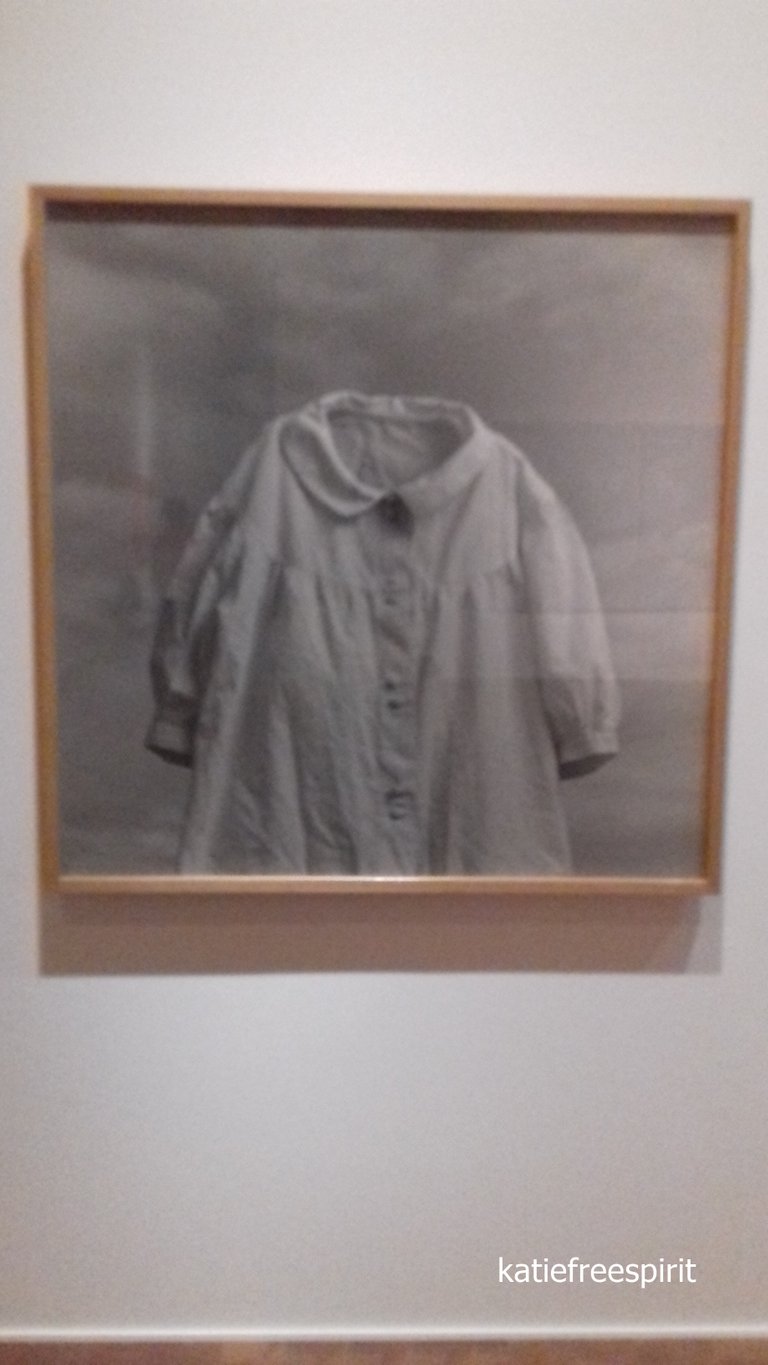

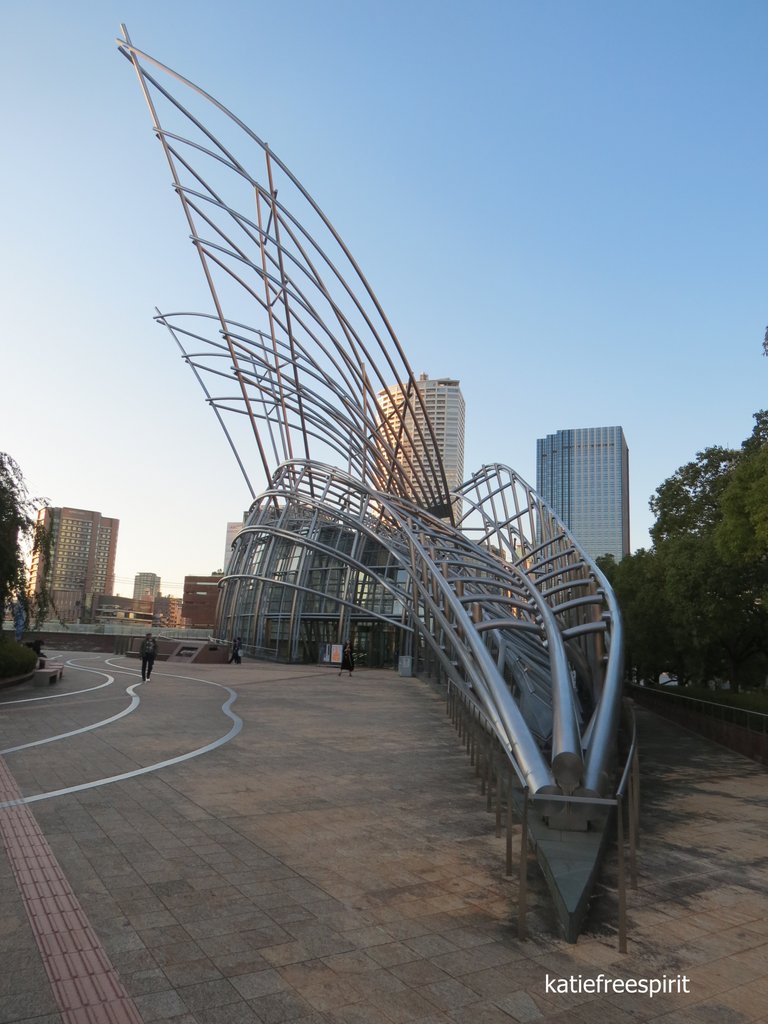
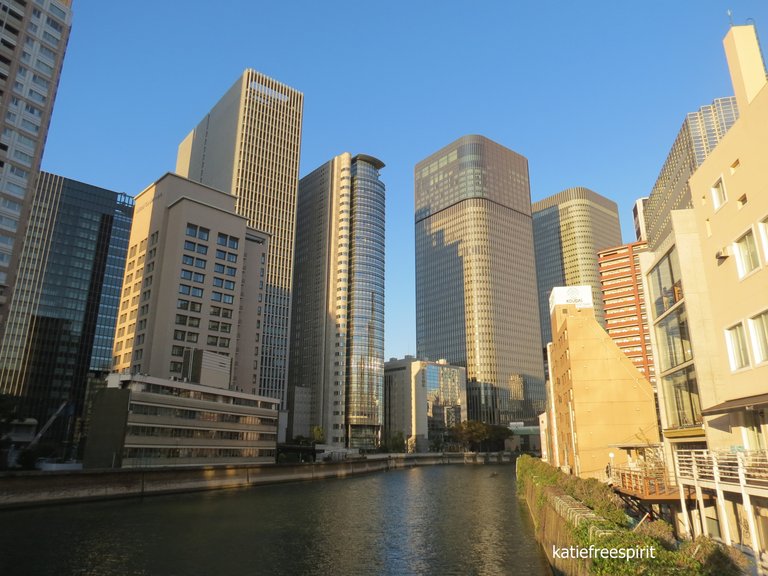
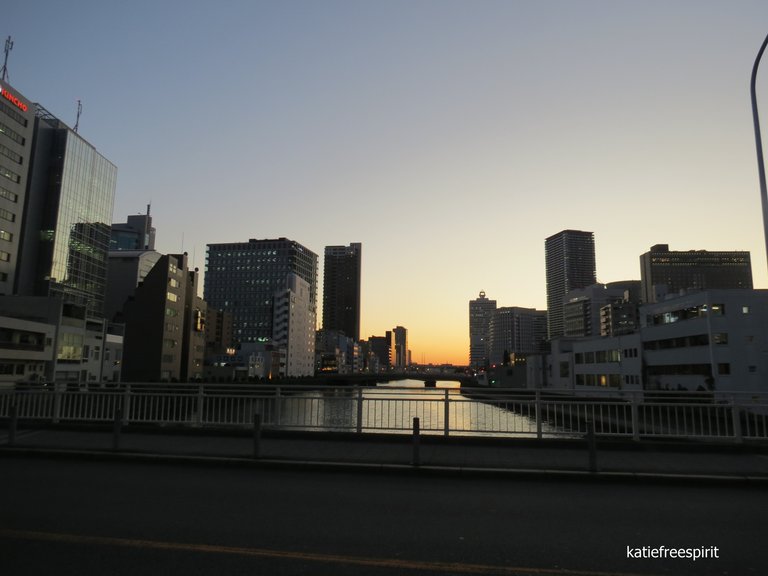

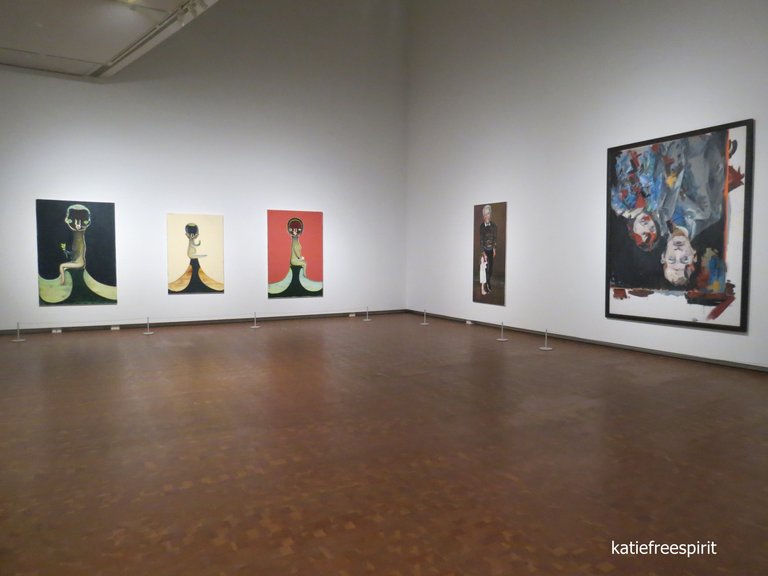
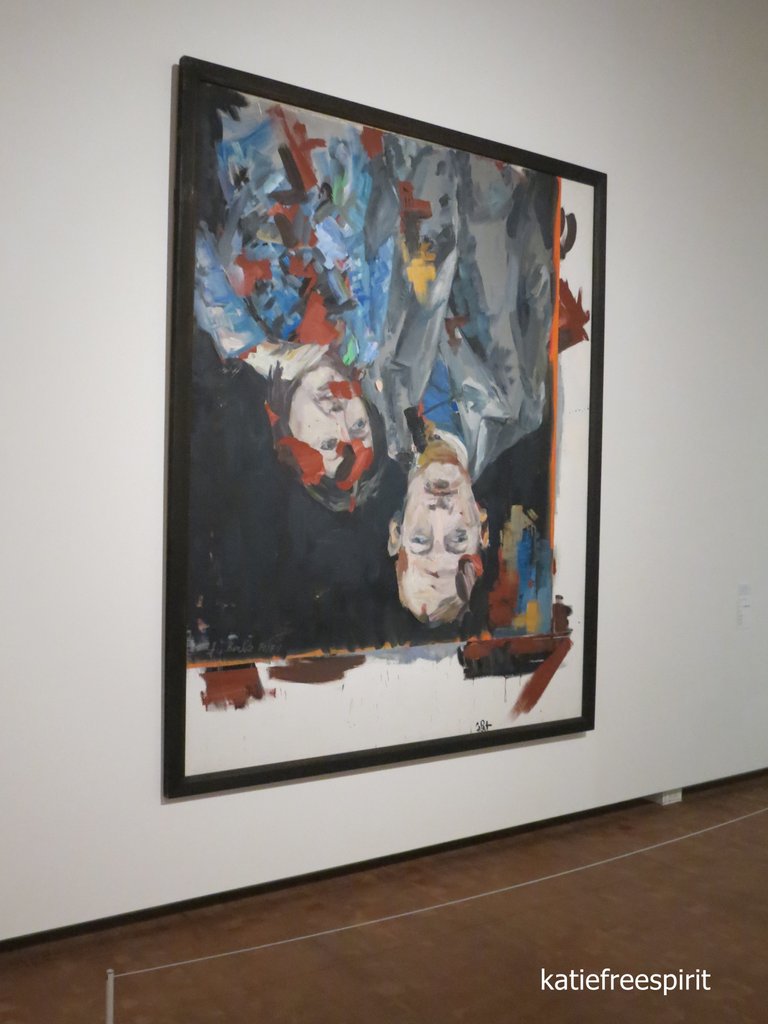
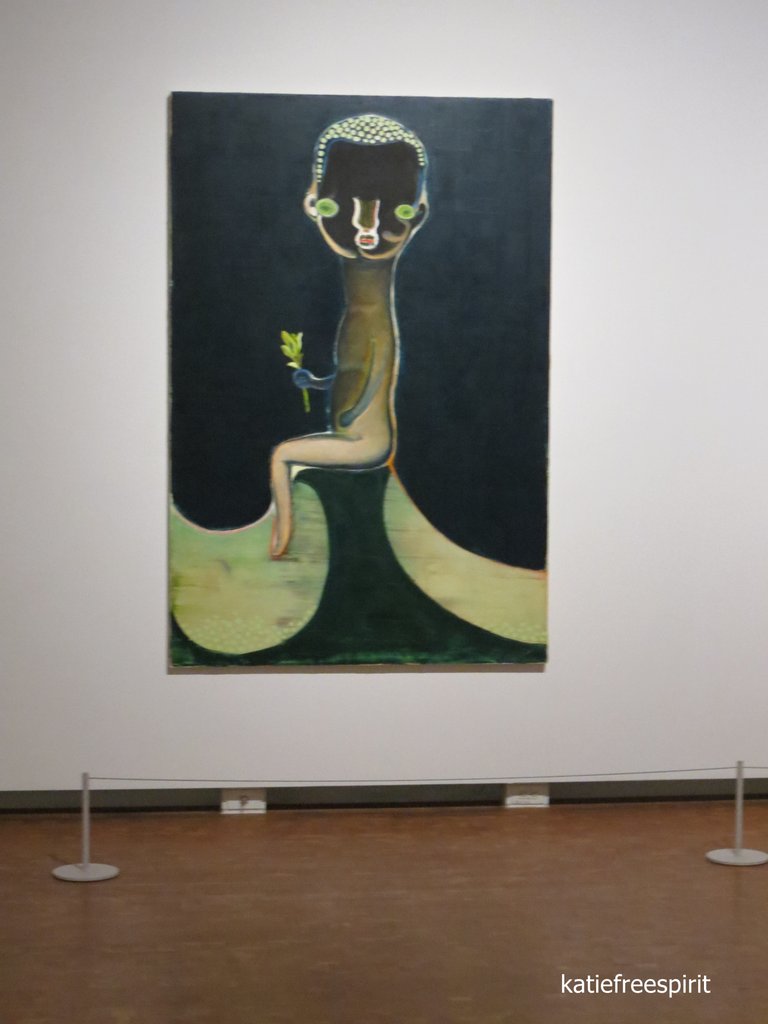
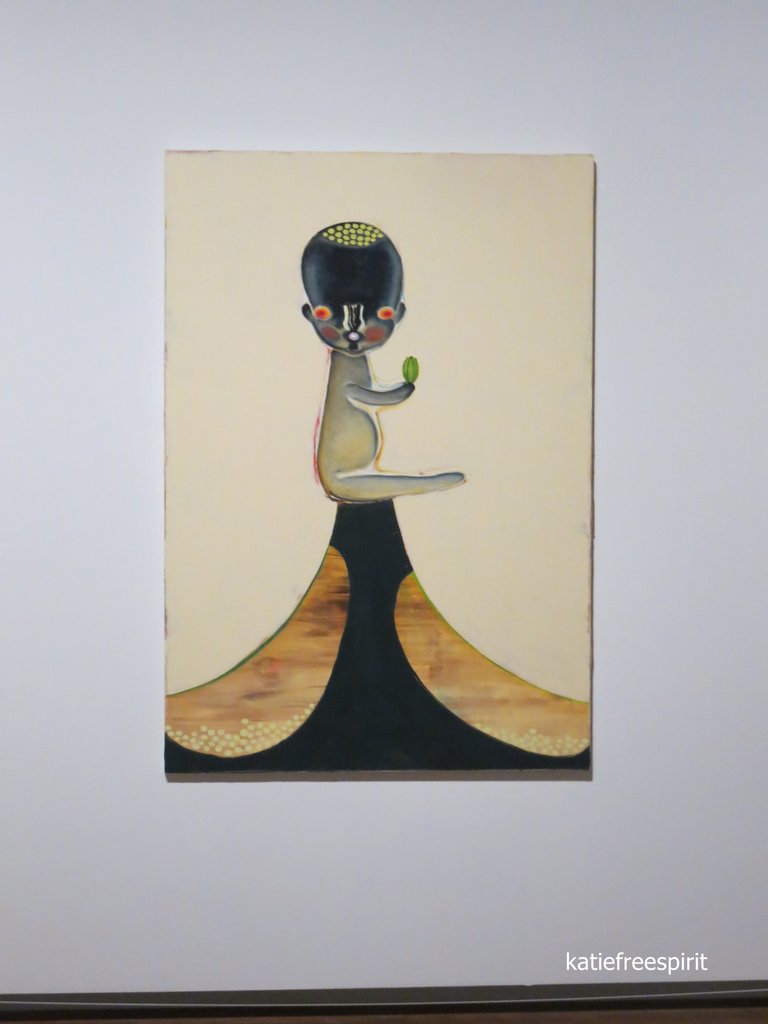
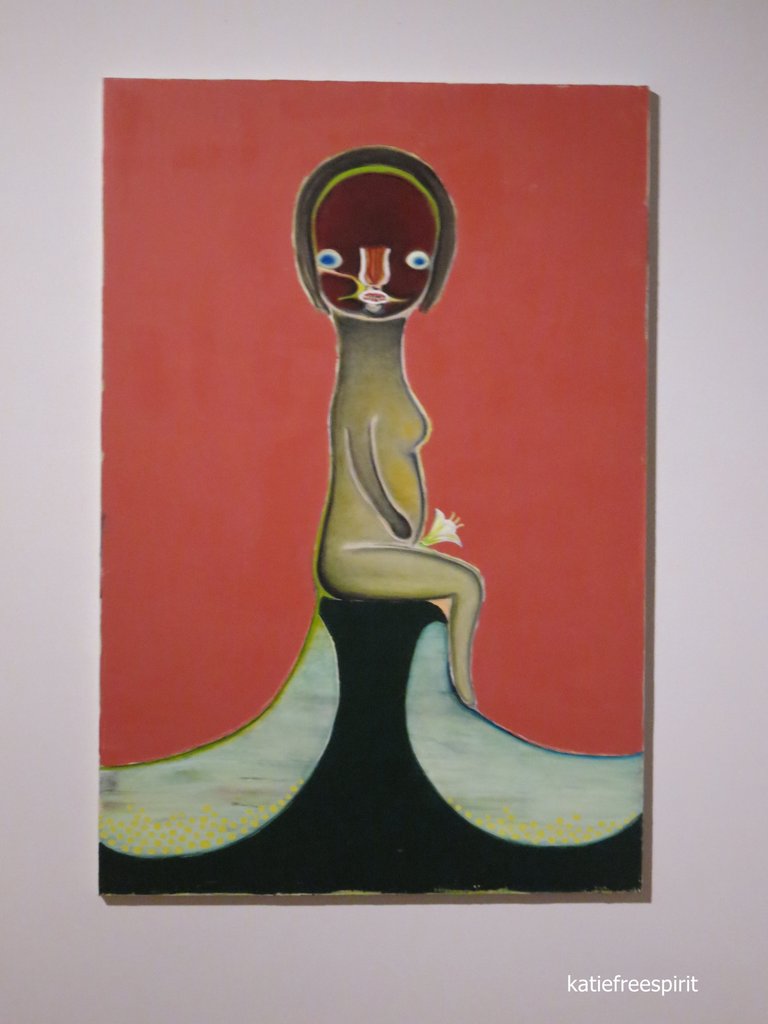
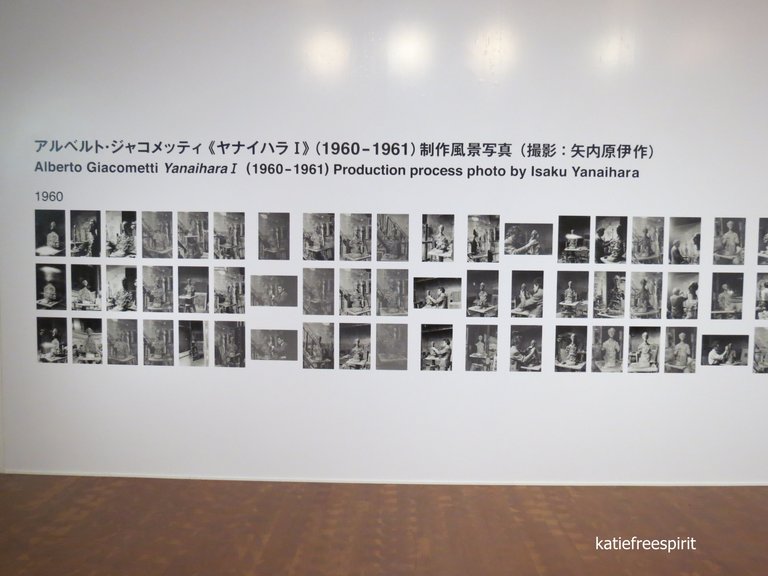
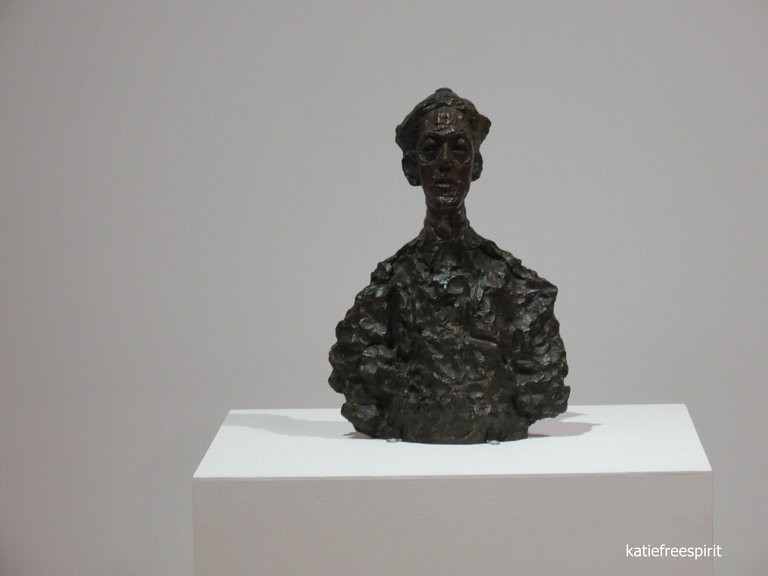
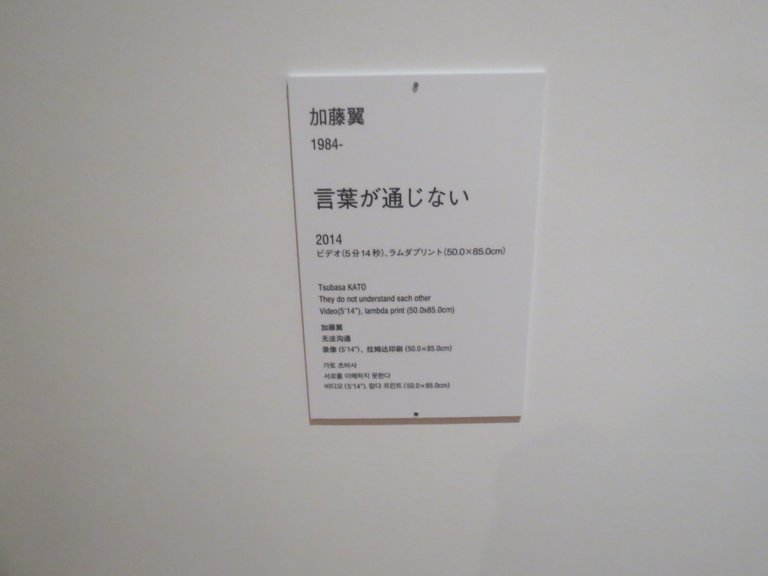
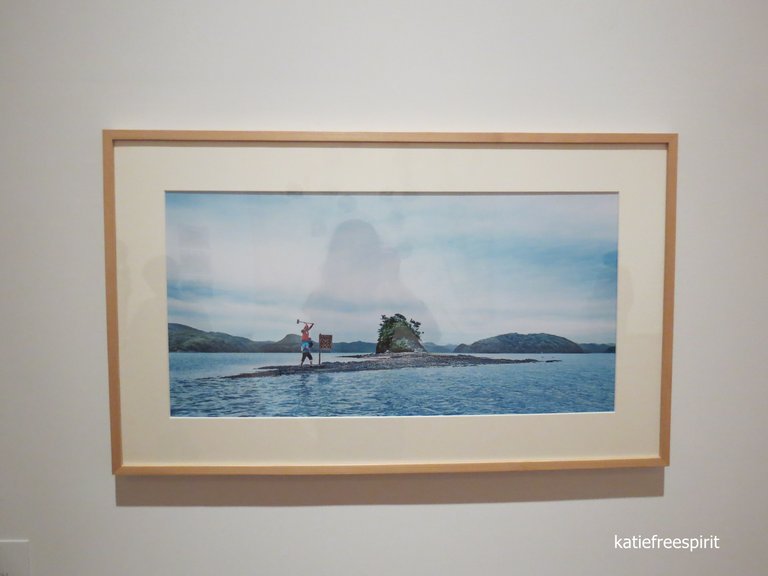
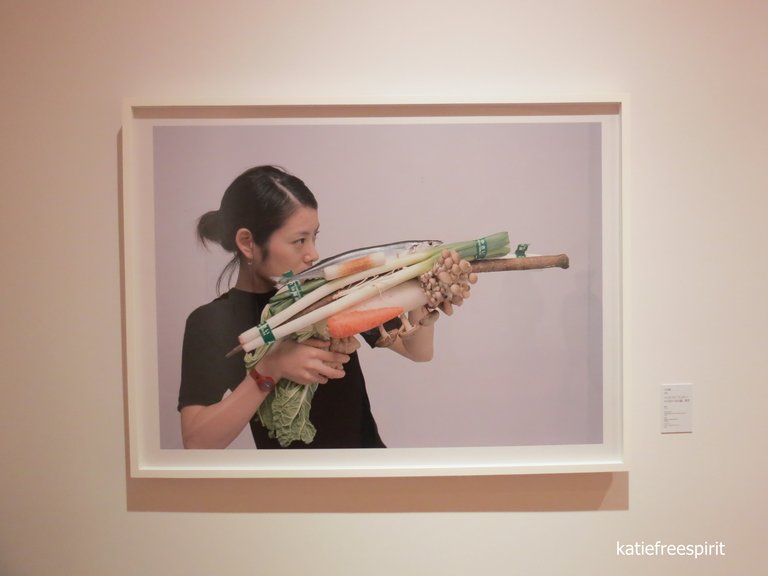

Wow, magnificent. Were you all alone there? It seems like you had the entire museum for yourself, @katiefreespirit
🐠
Xx
@elenahornfilm
nice post. Osaka is on my bucket list.
Hiya, @ybanezkim26 here, just swinging by to let you know that this post made it into our Honorable Mentions in Daily Travel Digest #1101.
Your post has been manually curated by the @pinmapple team. If you like what we're doing, please drop by to check out all the rest of today's great posts and consider supporting other authors like yourself and us so we can keep the project going!
Become part of our travel community:
Coraz trudniej przychodzi mi zachwycanie się nowoczesną architekturą. Te tyczki bardziej kojarzą mi się z rusztowaniem, które zostało powyginane przez wiatr, niż z żaglem. Poza tym trochę ubogo to wszystko wygląda, biorąc pod uwagę możliwości jakie udostępnia architektom nowoczesna technologia. A co na to japończycy? Podoba się?
Congratulations, your post has been added to Pinmapple! 🎉🥳🍍
Did you know you have your own profile map?
And every post has their own map too!
Want to have your post on the map too?
Najładniejszy w tym wszystkim jest sam budynek, uwielbiam dekonstruktywizm w architekturze użytkowej!
Hi @katiefreespirit, your post has been upvoted by @bdcommunity courtesy of @rehan12!
Support us by voting as a Hive Witness and/or by delegating HIVE POWER.
JOIN US ON